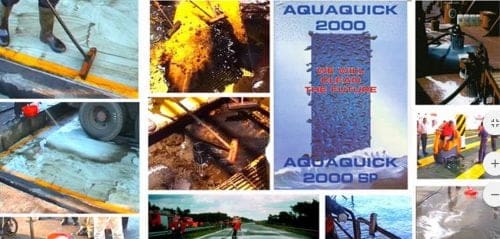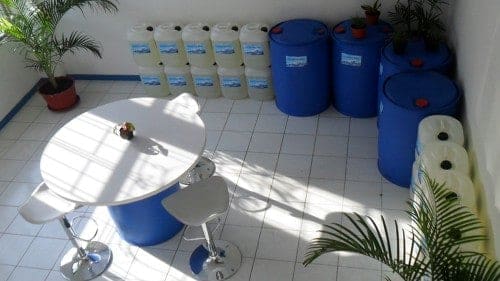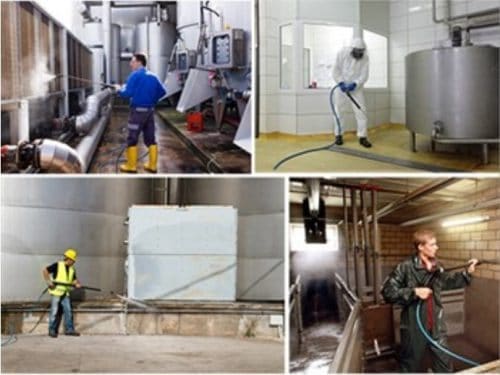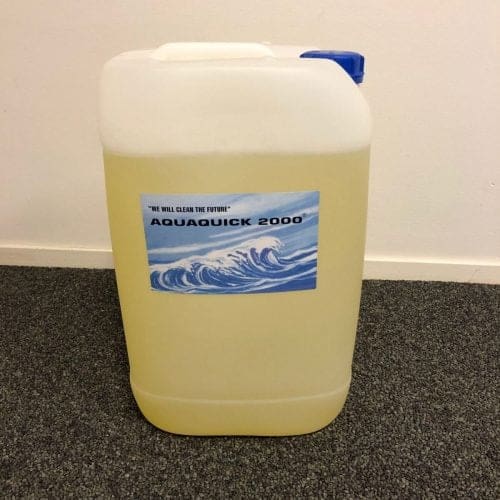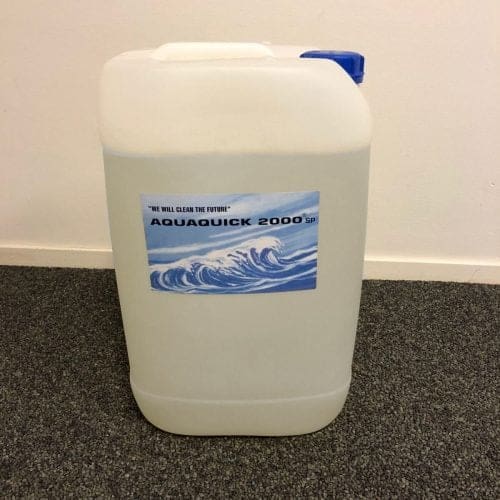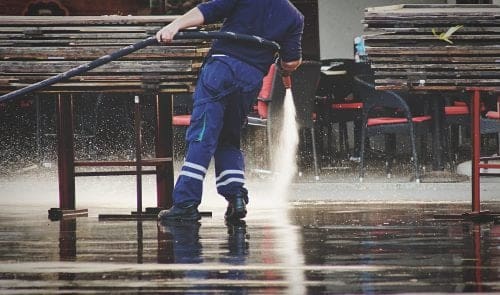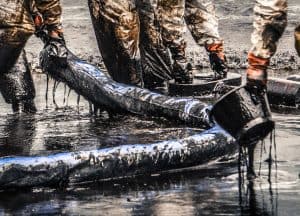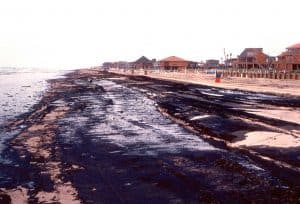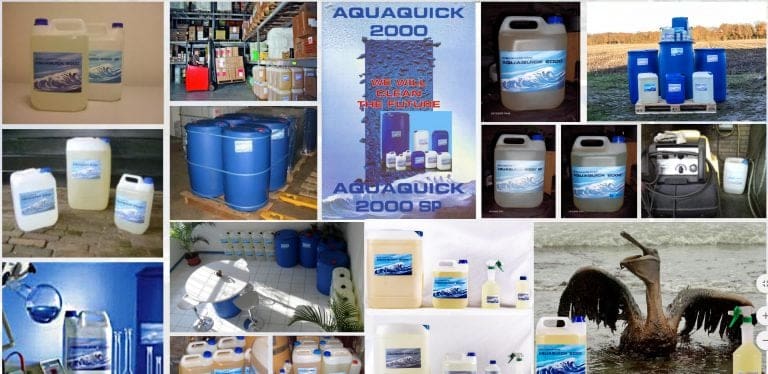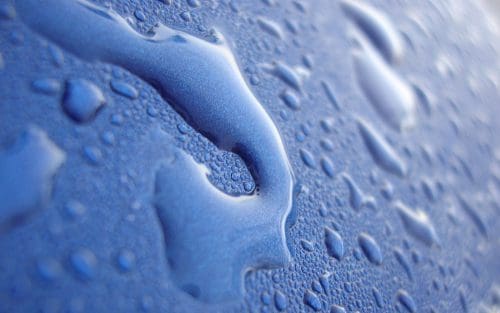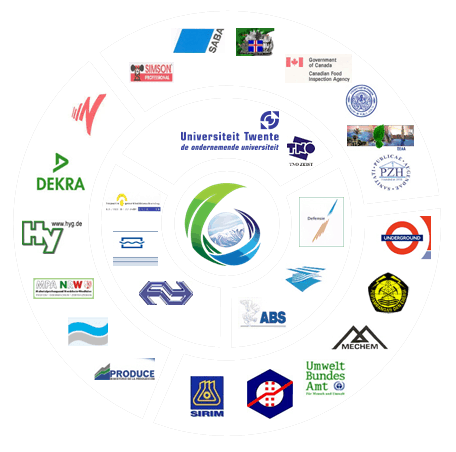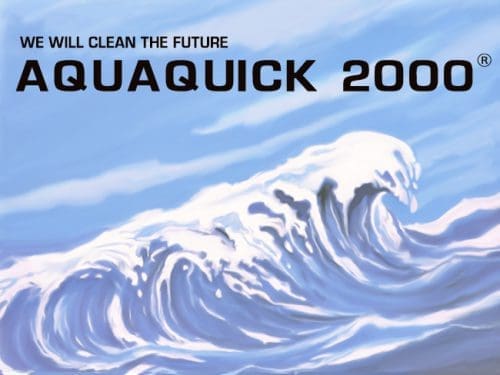Finding solutions for oil spills which are catastrophic events with devastating effects on marine life, coastal ecosystems, and local economies. Addressing these spills requires a multifaceted approach that includes prevention, immediate response, and long-term remediation strategies. This article explores various solutions for oil spills, focusing on advanced technologies, innovative methodologies, and sustainable practices to mitigate and manage such environmental disasters.
Prevention: The First Line of Defense
The most effective way to manage solution for oil spills is to prevent them from occurring in the first place. This involves stringent regulatory frameworks, advanced technology, and comprehensive safety protocols.
1. Rigorous Safety Regulations:
Governments worldwide have implemented stringent regulations to ensure oil drilling and transportation are conducted safely. These regulations mandate regular inspections, maintenance of equipment, and adherence to best practices. Organizations such as the International Maritime Organization (IMO) and the Environmental Protection Agency (EPA) play crucial roles in setting and enforcing these standards.
2. Advanced Monitoring Systems:
Technological advancements have led to the development of sophisticated monitoring systems that can detect leaks and find solutions for oil spills in real time. These systems include satellite surveillance, underwater sensors, and drones equipped with thermal imaging cameras. By providing early warnings, these technologies allow for swift action to prevent minor leaks from becoming major spills.
3. Improved Engineering and Design:
Investing in the design and engineering of oil rigs and tankers is critical. Double-hulled tankers, for instance, provide an extra layer of protection against spills. Similarly, blowout preventers on oil rigs can seal off wells in the event of a malfunction, preventing uncontrolled releases of oil.
Immediate Response: Containment and Cleanup
When an oil spill occurs, immediate response actions are essential to contain and mitigate the damage. Rapid deployment of resources and effective coordination among response teams can significantly reduce the impact of a spill.
4. Booms and Skimmers:
Containment booms are floating barriers used to prevent the spread of oil on the water’s surface. Skimmers are devices that remove oil from the water, functioning like vacuum cleaners. These tools are among the first deployed in response to an oil spill, containing the spill and facilitating its removal from the water.
5. Chemical Dispersants:
Chemical dispersants break down oil into smaller droplets, promoting its natural degradation by microorganisms. While dispersants can be effective, their use is controversial due to potential environmental side effects. Therefore, their application is usually considered carefully, balancing the benefits of rapid oil breakdown against potential ecological risks.
6. Sorbents:
Sorbents are materials that absorb oil from the water. They can be natural (like straw or peat moss) or synthetic (such as polypropylene pads). Sorbents are particularly useful for smaller spills or to clean up residual oil after larger spills have been contained.
7. In-situ Burning:
In-situ burning involves igniting the oil on the water’s surface to remove it quickly. This method is effective for reducing the volume of oil, but it produces toxic smoke and residues, which need to be managed to minimize environmental harm.
Long-term Remediation: Restoring Ecosystems
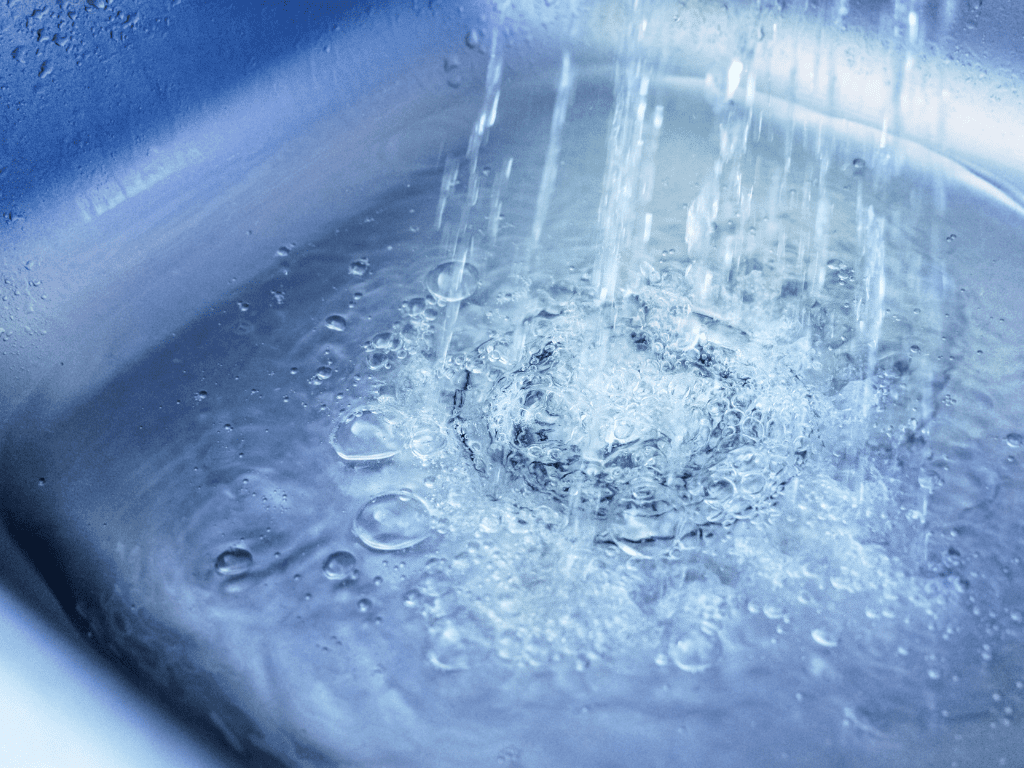
After the immediate response, long-term remediation efforts focus on restoring affected ecosystems and preventing future spills. This phase involves biological, chemical, and physical methods to rehabilitate environments and communities.
8. Bioremediation:
Biorisanamento uses microorganisms to break down pollutants. Natural bioremediation enhances the growth of indigenous bacteria that consume oil, while engineered bioremediation introduces specialized bacteria or nutrients to accelerate the process. This method is environmentally friendly and effective in treating contaminated shorelines and marshlands.
9. Phytoremediation:
Phytoremediation involves using plants to absorb and degrade oil contaminants. Certain plants have the ability to uptake oil components through their roots and break them down. This method is particularly useful for cleaning up oil in soil and wetland environments.
10. Shoreline Cleanups:
Cleaning up contaminated shorelines is labor-intensive but crucial for restoring habitats. Manual removal of oil, washing contaminated rocks and sediments, and replacing affected soil are common techniques. This work is often supported by volunteers, community groups, and environmental organizations.
Innovative Technologies and Solution For Oil Spills
Innovation plays a crucial role in developing new solutions for oil spills. Researchers and companies are continually exploring cutting-edge technologies and methods to enhance oil spill response and remediation.
11. Nanotechnology:
Nanotechnology offers promising solutions for oil spill cleanup. Nanomaterials, such as magnetic nanoparticles, can be engineered to bind with oil and separate it from water. These particles can then be collected using magnets, offering a precise and efficient cleanup method.
12. Hydrogel Polymers:
Hydrogel polymers can absorb large amounts of oil relative to their weight. These materials swell upon contact with oil, making it easy to collect and remove. Hydrogel-based sponges and pads are being developed for use in spill response operation.
Public Awareness and Community Engagement
Public education campaigns about the risks and consequences of oil spills can foster a culture of environmental stewardship. Increased awareness can lead to greater public support for stricter regulations and sustainable practices. Engaging local communities in oil spill response planning and execution can enhance the effectiveness of cleanup efforts. Communities can provide valuable local knowledge and resources, and their involvement ensures that response strategies are tailored to specific regional needs.
Case Studies: Successful Implementation of Solutions for Oil Spills
The Deepwater Horizon Spill
The Deepwater Horizon oil spill in 2010 was one of the most devastating oil spills in history. The response involved multiple strategies, including:
- Containment and Skimming: Extensive use of booms and skimmers helped contain and remove a significant portion of the oil spills.
- Disperdenti: Large quantities of dispersants were applied both on the surface and at the wellhead to break up the oil spills.
- Biorisanamento: Natural and introduced oil-degrading bacteria played a role in breaking down the oil in affected areas.
The Exxon Valdez Spill
The Exxon Valdez spill in 1989 led to significant advancements in oil spill response techniques:
- Recupero meccanico: Skimmers and booms were extensively used to recover oil from the water’s surface.
- Sorbents: Large amounts of sorbents were deployed to clean up residual oil.
- Policy Changes: The spill resulted in the Oil Pollution Act of 1990, which strengthened regulations and improved response capabilities in the United States.
The Future Solution for Oil Spills
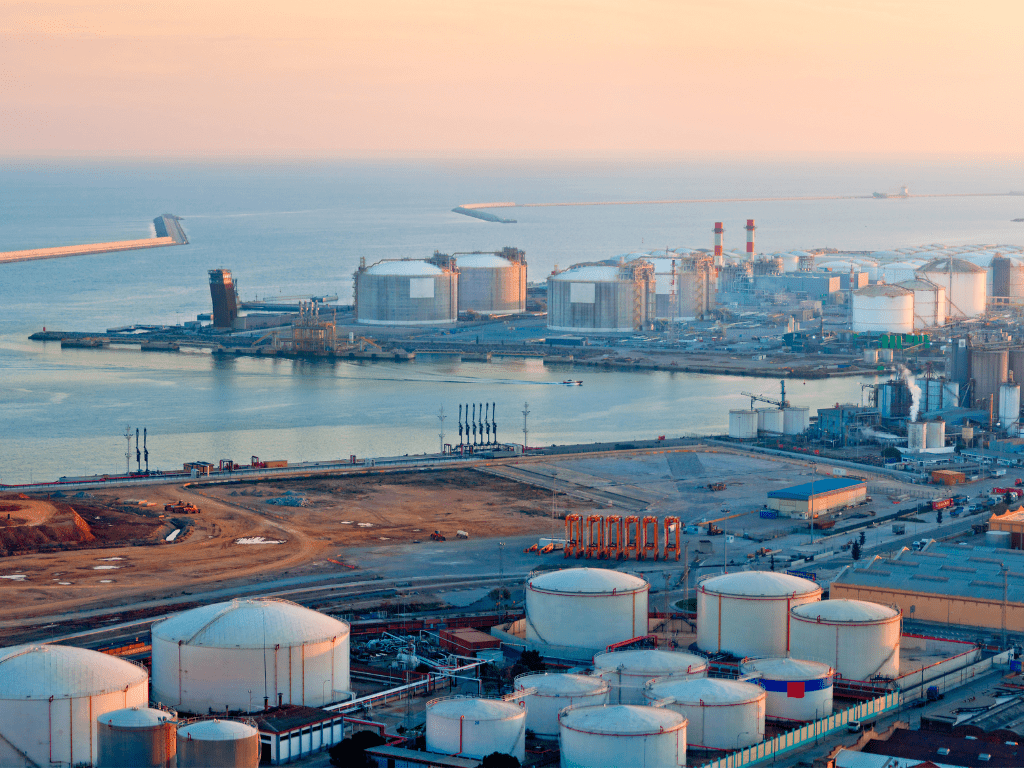
Emerging Technologies
The future solution for oil spill lies in emerging technologies that offer more efficient, effective, and sustainable methods for dealing with spills. Some promising innovations include:
- Nanotechnology: Nanomaterials have the potential to revolutionize oil spill cleanup by providing highly efficient oil absorption and degradation capabilities.
- Artificial Intelligence (AI): AI can enhance oil spill detection, monitoring, and response through advanced data analysis and predictive modeling.
Global Cooperation
Addressing oil spills requires global cooperation and coordination. International organizations, governments, and industries must work together to share knowledge, resources, and best practices. Global agreements and frameworks can ensure a unified and effective response to oil spills, regardless of where they occur.
Recupero meccanico
Mechanical recovery is one of the primary methods used to clean up oil spills. This approach involves physical removal of oil from the water surface using tools such as skimmers, booms, and sorbents.
Impact on Environment:
Mechanical recovery is considered environmentally friendly as it physically removes the oil without introducing additional chemicals into the ecosystem. However, its effectiveness is highly dependent on sea conditions, oil type, and spill size. Calm seas and thicker oil layers are more manageable, while rough seas and dispersed oil make recovery challenging.
Effectiveness and Limitations:
While mechanical recovery can significantly reduce the immediate impact of an oil spill, it often cannot remove all the oil, especially in large spills. The efficiency of mechanical recovery is estimated to be between 10-15% of the total spilled oil. This method is labor-intensive and can be slow, which is a critical drawback when time is of the essence to prevent oil from spreading further and causing more damage.
Impatto economico:
Mechanical recovery can be costly due to the need for specialized equipment and labor. However, the cost is often justified by the reduced long-term environmental damage and the preservation of industries such as fishing and tourism that depend on a clean marine environment.
Disperdenti chimici
Chemical dispersants are substances applied to the oil spill to break down the oil into smaller droplets, which then disperse throughout the water column. This process enhances the natural biodegradation of the oil by marine microorganisms.
Impact on Environment:
The use of chemical dispersants is controversial. While they can reduce the visual impact of oil on the water surface and shorelines, they do not remove the oil but rather change its form and location. Dispersed oil droplets can have toxic effects on marine life, particularly on small organisms and fish larvae. The long-term environmental impacts of dispersants remain a subject of ongoing research and debate.
Effectiveness and Limitations:
Dispersants can be effective in reducing the immediate visual and physical impact of oil spills. They are particularly useful in treating large spills and in conditions where mechanical recovery is impractical. However, their effectiveness can be limited by factors such as oil type, sea conditions, and water temperature. Additionally, the potential for toxic effects on marine ecosystems raises significant concerns.
Impatto economico:
The use of dispersants can reduce the economic damage to coastal areas by preventing oil from reaching shorelines. However, the potential long-term ecological damage can have economic repercussions, particularly for fisheries and tourism industries.
Biorisanamento
Bioremediation involves the use of microorganisms to break down and degrade oil into less harmful substances. This can occur naturally or be enhanced by adding nutrients and oxygen to stimulate microbial activity.
Impact on Environment:
Bioremediation is considered environmentally friendly as it leverages natural processes to degrade oil. This method is less intrusive and can lead to complete mineralization of hydrocarbons into carbon dioxide and water. However, the rate of biodegradation can be slow and influenced by environmental conditions such as temperature, oxygen availability, and nutrient levels.
Effectiveness and Limitations:
Bioremediation can be highly effective for certain types of oil spills, particularly those involving lighter hydrocarbons. It is less effective for heavy oils and in cold or anaerobic environments. The process can take weeks to months, making it more suitable for long-term remediation rather than immediate response.
Impatto economico:
Bioremediation can be cost-effective in the long run as it reduces the need for extensive physical cleanup and disposal of contaminated materials. It can also restore the affected ecosystems, thereby supporting the recovery of local economies dependent on these ecosystems.
Emerging Technologies
Recent advancements in technology offer new solutions for oil spill response. These include the use of advanced materials, such as oleophilic (oil-attracting) sorbents, and innovations in remote sensing and robotics for oil detection and recovery.
Impact on Environment:
Emerging technologies can enhance the effectiveness and efficiency of oil spill response. For instance, oleophilic sorbents can selectively absorb oil while repelling water, making them highly efficient in oil recovery. Remote sensing technologies enable more precise detection and monitoring of oil spills, facilitating quicker and more targeted responses.
Effectiveness and Limitations:
While promising, these technologies often require further development and testing to be widely adopted. They can significantly improve response times and recovery rates but may also come with high initial costs and technical challenges.
Impatto economico:
Investment in emerging technologies can yield long-term economic benefits by reducing the overall cost of oil spill response and minimizing environmental damage. Improved efficiency and effectiveness in oil spill recovery can protect industries such as fishing, tourism, and shipping from the adverse impacts of spills.
Why AQUAQUICK 2000 Is An Easy Solution?
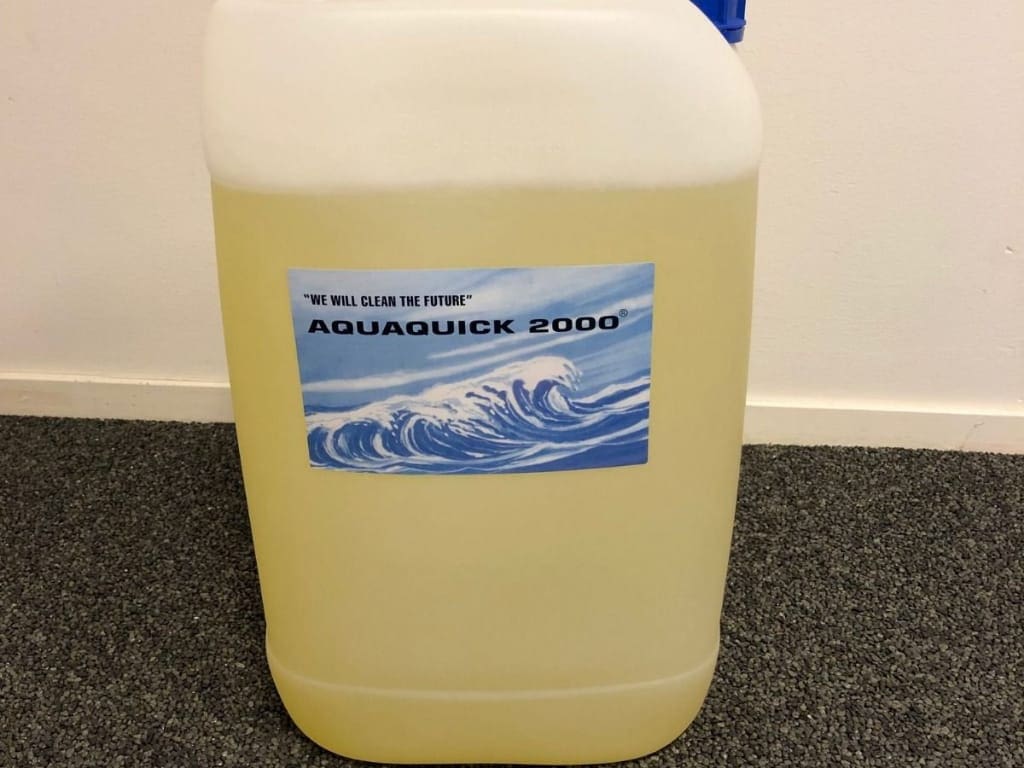
AQUAQUICK 2000 is an advanced, biodegradable chemical agent designed to provide an efficient and environmentally friendly solution for oil spill remediation. It functions as an emulsifier, breaking down oil into smaller, more manageable droplets that can be more easily biodegraded by naturally occurring microorganisms in the marine environment. This not only accelerates the natural degradation process but also minimizes the immediate and long-term environmental impact of the spill.
Vantaggi ambientali:
AQUAQUICK 2000 is non-toxic and fully biodegradable, making it safe for use in sensitive ecosystems. Unlike traditional dispersants, it does not introduce harmful chemicals into the environment, reducing the risk to marine life and habitats.
Efficiency and Ease of Use:
The product can be applied directly to oil spills using standard spraying equipment, making it a practical choice for rapid response scenarios. Its ability to emulsify oil quickly helps contain and mitigate the spread of oil, reducing the potential for widespread environmental damage.
Impatto economico:
By enhancing the natural biodegradation process and reducing cleanup times, AQUAQUICK 2000 helps lower the overall costs associated with oil spill response. This can be particularly beneficial for industries reliant on clean marine environments, such as fishing and tourism, by preserving their economic viability and ensuring faster recovery from spill incidents.
Conclusione
Oil spills present a severe threat to the environment, but with the right solutions, their impact can be mitigated. From immediate response measures like booms and skimmers to advanced technologies like oil-eating microbes and remote sensing, a multifaceted approach is essential. Long-term strategies, including stricter regulations, ongoing research, and community engagement, play a critical role in preventing spills and improving response efforts. By continuing to innovate and collaborate, we can develop more effective solutions for oil spills and protect our oceans and coastal ecosystems for future generations.
By incorporating a range of solutions for oil spills, this article aims to provide a comprehensive overview of the methods and technologies available to address this pressing environmental issue. From containment and recovery to advanced technological solutions and proactive strategies, understanding and implementing these approaches is crucial in mitigating the impact of oil spills and safeguarding our planet.

